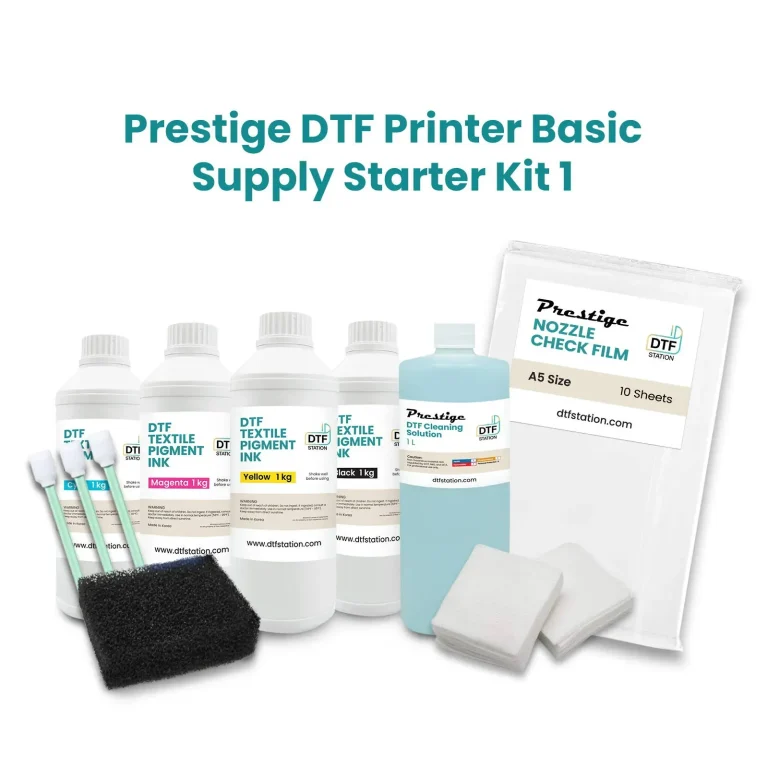DTF Printing Trends: From Fashion to Home Decor Innovations
DTF Printing Trends are reshaping how brands, makers, and designers approach fabric and surface design, with direct-to-film technology taking center stage. As demand grows for vivid color, soft hand-feel, and rapid turnaround, DTF printing offers a flexible alternative to traditional methods and supports on-demand production. This wave is not limited to fashion; it extends into home decor with DTF transfers that bring bold graphics to cushions, wall art, and textiles. Developments in direct-to-film technology are enabling white ink on dark fabrics, broader substrate compatibility, and more reliable adhesives for diverse surfaces. For designers seeking sustainability and scalability, these trends intersect DTF vs screen printing considerations and practical guidance for real-world projects.
Viewed through the lens of film-based transfer technology, the current surge in textile and surface printing points to a broader, adaptable production model. This shift moves away from fixed, large runs toward flexible short-batch strategies that support customization and on-demand fulfillment. Alternative terms like direct-on-film imaging, print-on-film workflows, and substrate-friendly inks describe the same capability across fashion and home décor. As technology matures, improvements in color management, white-ink performance, and durable yet soft finishes broaden opportunities for both apparel and interior items. In practical terms, brands can plan by building cohesive design systems that span garments and home textiles, leveraging shared motifs, palettes, and branding across product lines.
DTF Printing Trends: Color, Comfort, and Customization in Textile Design
DTF Printing Trends are reshaping how designers approach color, texture, and production speed. With direct-to-film technology, printers can reproduce vibrant palettes, fine gradients, and photo-like details on a wide range of fabrics while preserving a soft hand feel that consumers expect from premium garments.
This wave of trend adoption is fueling on-demand fashion and customizable textiles for both fashion brands and home decor lines, enabling rapid prototyping, smaller batch runs, and reduced waste through high-precision DTF transfers.
DTF Printing Trends: Color, Comfort, and Customization in Textile Design (Continued)
The shift toward bold, photorealistic designs is supported by improved color management and film quality, allowing nuanced shading that elevates apparel and home textiles alike.
As brands embrace on-demand production, limited drops and personalized items become feasible, with sustainability considerations—such as water-based inks and durable transfers—playing a growing role in marketing and product storytelling.
Frequently Asked Questions
What are the current DTF printing trends and how are direct-to-film technology advances shaping fashion and home decor with DTF?
DTF printing trends show bolder color palettes and photorealistic detail, enabled by advances in direct-to-film technology. These trends emphasize on-demand production, faster turnaround, and sustainable inks, with white ink expanding designs on dark fabrics. Home decor with DTF is increasingly common as designers repeat motifs across pillows, curtains, and wall panels for a cohesive look.
How does direct-to-film technology enable vibrant colors and white ink in DTF transfers on a variety of fabrics?
Direct-to-film technology uses a carrier film to print inks (including white) that transfer to textiles, producing vivid color on a range of fabrics. Advances in film quality and adhesives improve color fidelity and durability of DTF transfers, while maintaining a soft hand-feel on garments and home textiles.
When should you choose DTF vs screen printing for small runs or complex multi-color designs?
DTF vs screen printing: for small runs and complex multi-color designs, DTF offers quicker setup, lower upfront costs, and easy design changes. Screen printing remains cost-effective for large runs with simpler palettes, but DTF provides greater flexibility and speed for on-demand production.
Can DTF printing be used for home decor with DTF, such as pillows and wall art, and what should designers consider?
Yes, DTF printing can be used for home decor with DTF, including pillows, wall art, and fabric panels. The same film-to-substrate workflow used for apparel can deliver vibrant prints with cohesive branding across decor items, while preserving a soft hand-feel and color consistency.
What are best practices to ensure durability and soft hand-feel in DTF transfers for fashion and home decor?
Best practices include testing prints on multiple substrates, ensuring proper curing time and temperature, using high-quality inks and adhesives, and following care guidelines to maintain color and softness. Proper processing minimizes cracking and peeling in DTF transfers across both fashion and home decor applications.
How are on-demand DTF transfers influencing small brands and sustainability within current DTF printing trends?
On-demand DTF transfers empower small brands to launch limited drops with low inventory risk and faster market feedback. This aligns with sustainability goals by reducing waste and excess production, while still delivering high-quality, colorful designs that fit the latest DTF printing trends.
| Key Point | Summary |
|---|---|
| What is DTF Printing and Why It Matters |
|
| DTF Trends in Fashion: Color, Comfort, and Customization |
|
| DTF Shopping for Home Decor |
|
| Direct-to-Film Technology: Why It Works for Diverse Surfaces |
|
| DTF vs Other Print Methods |
|
| Durability, Care, and Longevity |
|
| Practical Guidance for Designers and Small Businesses |
|
| Future Outlook |
|
Summary
DTF Printing Trends illustrate a broader shift toward versatile, on-demand production that suits both fashion and home decor markets. By leveraging direct-to-film technology, designers gain access to vibrant, durable prints with a noticeably soft hand feel. The convergence of apparel and interior design through shared motifs and color stories offers exciting opportunities for brands to create cohesive experiences across product lines. As the technology matures, DTF printing will continue to empower experimentation—allowing designers to move from concept to finished product faster and with less risk. Whether you’re crafting a wardrobe, a pillow collection, or a whole-room theme, staying aligned with these trends will help you stay competitive in a market that prizes originality, quality, and timely delivery.






